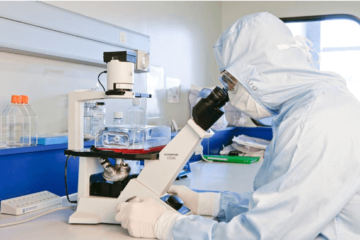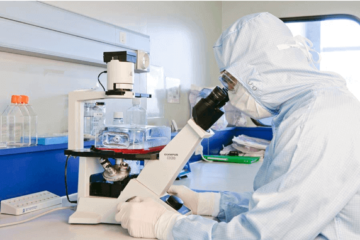Regeneração Miocárdica na Insuficiência Cardíaca: Soluções para células-tronco
**Regeneração Miocárdica na Insuficiência Cardíaca: Soluções para células-tronco**
A insuficiência cardíaca continua a ser um fardo significativo para a saúde global, e a regeneração miocárdica oferece um caminho terapêutico promissor. As terapias baseadas em células-tronco têm o potencial de restaurar a função cardíaca, substituindo cardiomiócitos danificados e promovendo a angiogênese. Este artigo explora o estado atual da pesquisa em terapia com células-tronco para insuficiência cardíaca, destacando avanços e desafios na utilização de populações de células-tronco, métodos de entrega, e estratégias de otimização.













